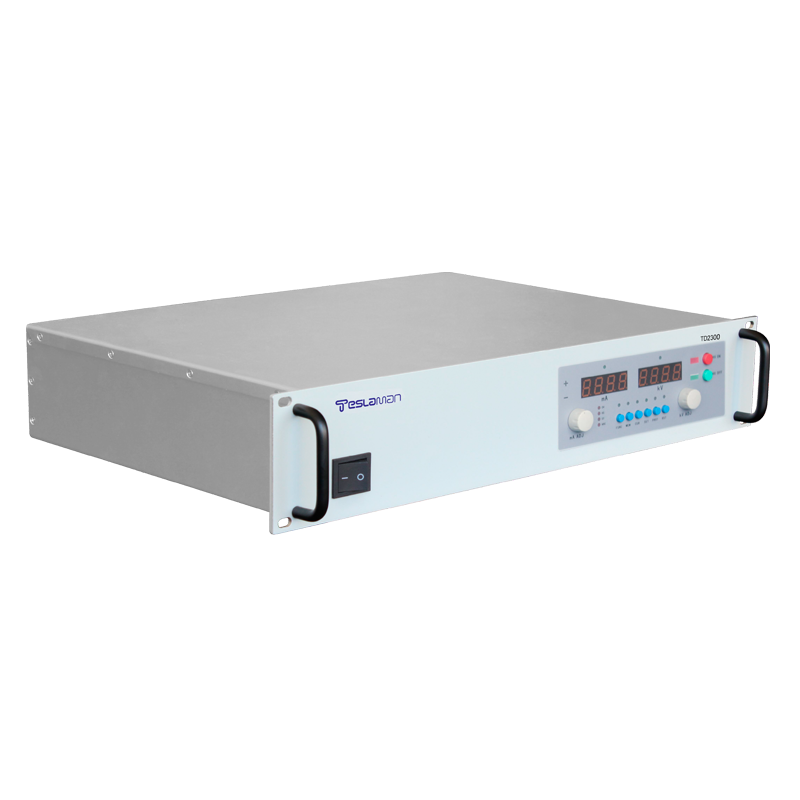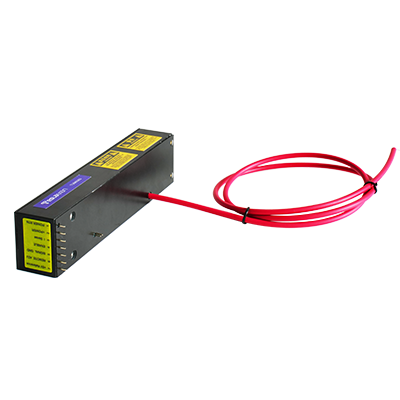The Application of High-Voltage Power Supply Photomultiplier Tubes in Fluorescence Dating Techniques
High-voltage power supply photomultiplier tubes are ideal photoelectric conversion devices, with advantages like high photoelectric conversion efficiency, large gain, and fast response speed. They have important application value in fluorescence dating techniques.
Fluorescence dating is an important absolute dating method. By measuring the fluorescent signals released by the decay of naturally radioactive nuclides contained in some mineral and fossil samples, it determines the absolute ages of the samples. Due to its unique performance parameters, high-voltage power supply photomultiplier tubes can effectively detect the weak fluorescent signals in fluorescence dating techniques, thus playing a critical role in the detection system of this technology.
Specifically, high-voltage power supply photomultiplier tubes are mainly applied in two aspects of fluorescence dating techniques: one is to measure the fluorescence excited by the α particles released by radium; the other is to measure the fluorescence excited by the β particles released in the decay process of uranium series nuclides. The former is mainly used in long half-life zircon and feldspar, while the latter is mainly used in uranium-containing crystals such as apatite and calcite.
The use of high-voltage power supply photomultiplier tubes for fluorescence detection can overcome the difficulty of extremely weak signals. The high-voltage power supply can provide a working voltage of 1-3 kilovolts. Under such voltage, the gain of the photomultiplier tube can reach above 107, enabling originally undetectable single fluorescent photons to produce measurable current pulse signals. In addition, high-voltage power supply photomultiplier tubes have fast response speeds at the nanosecond level and high time resolution, which can effectively distinguish fluorescent signals from different decay chains.
In practical fluorescence dating measurements, high-voltage power supply photomultiplier tubes are used in combination with fluorescence counting systems. Utilizing pulse height analysis techniques, they can accurately identify different fluorescence excited by α particles and obtain multiple dating information to improve dating accuracy. Some new large-area high-voltage power supply photomultiplier tubes can also be used to measure the weak fluorescence released from large-area samples.
With the further development of fluorescence dating techniques, the performance parameters of high-voltage power supply photomultiplier tubes are also constantly improving, such as extended response range to infrared band, increased time resolution to picosecond level, improved low-energy noise characteristics, etc., thereby expanding the application scope of fluorescence dating. In the future, high-voltage power supply photomultiplier tubes may be applied in some emerging fluorescence dating techniques and play an even greater role.
In summary, the application of high-voltage power supply photomultiplier tubes has become a very critical part of fluorescence dating techniques. In combination with other auxiliary devices and methods, it can greatly improve the detection sensitivity and accuracy of fluorescence dating, making it a high-precision absolute dating technique that provides strong age basis in fields like geochronology, paleontology, and archaeology. With continuous technological advancement, high-voltage power supply photomultiplier tubes will have broad application prospects in the field of fluorescence dating.




















